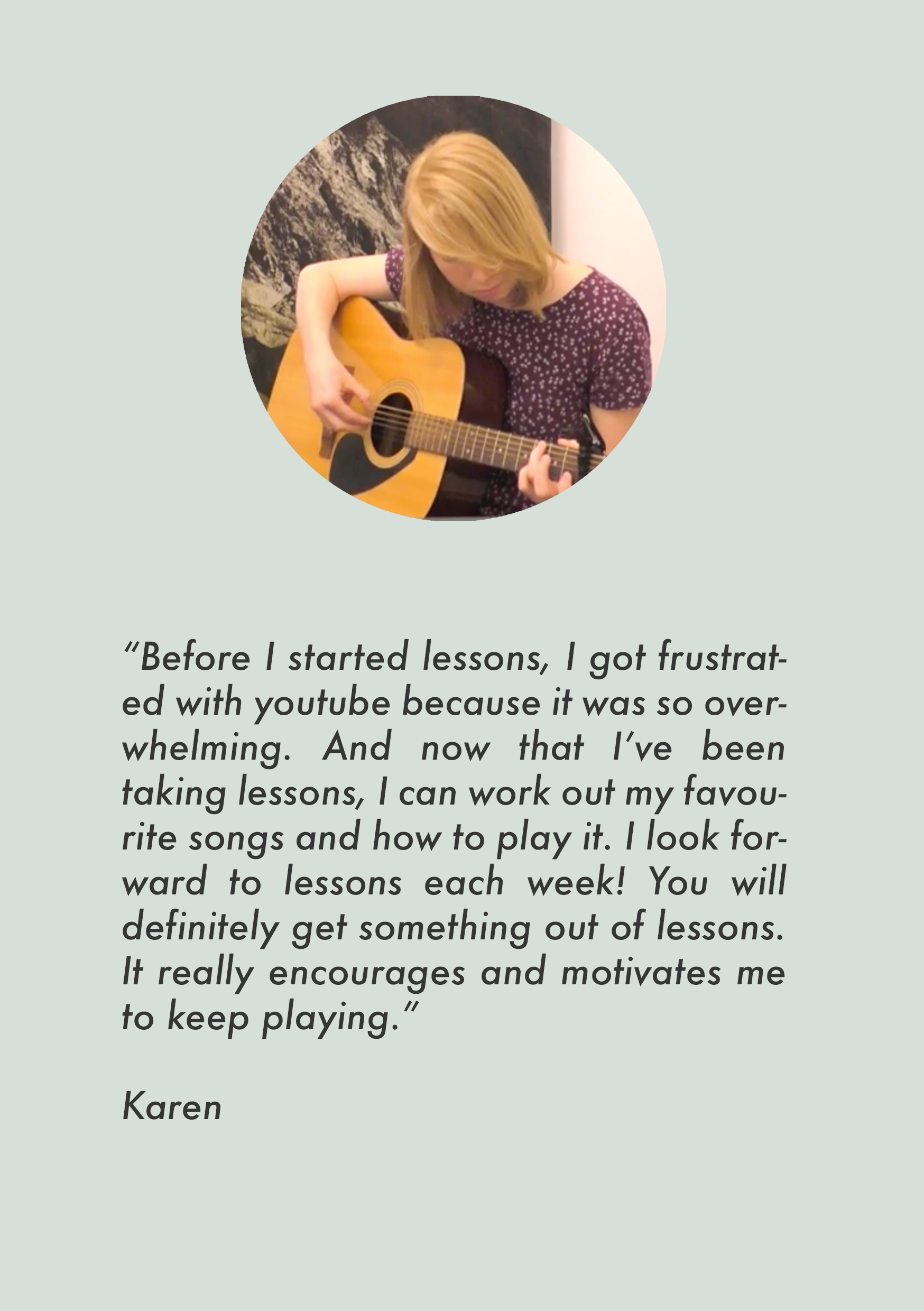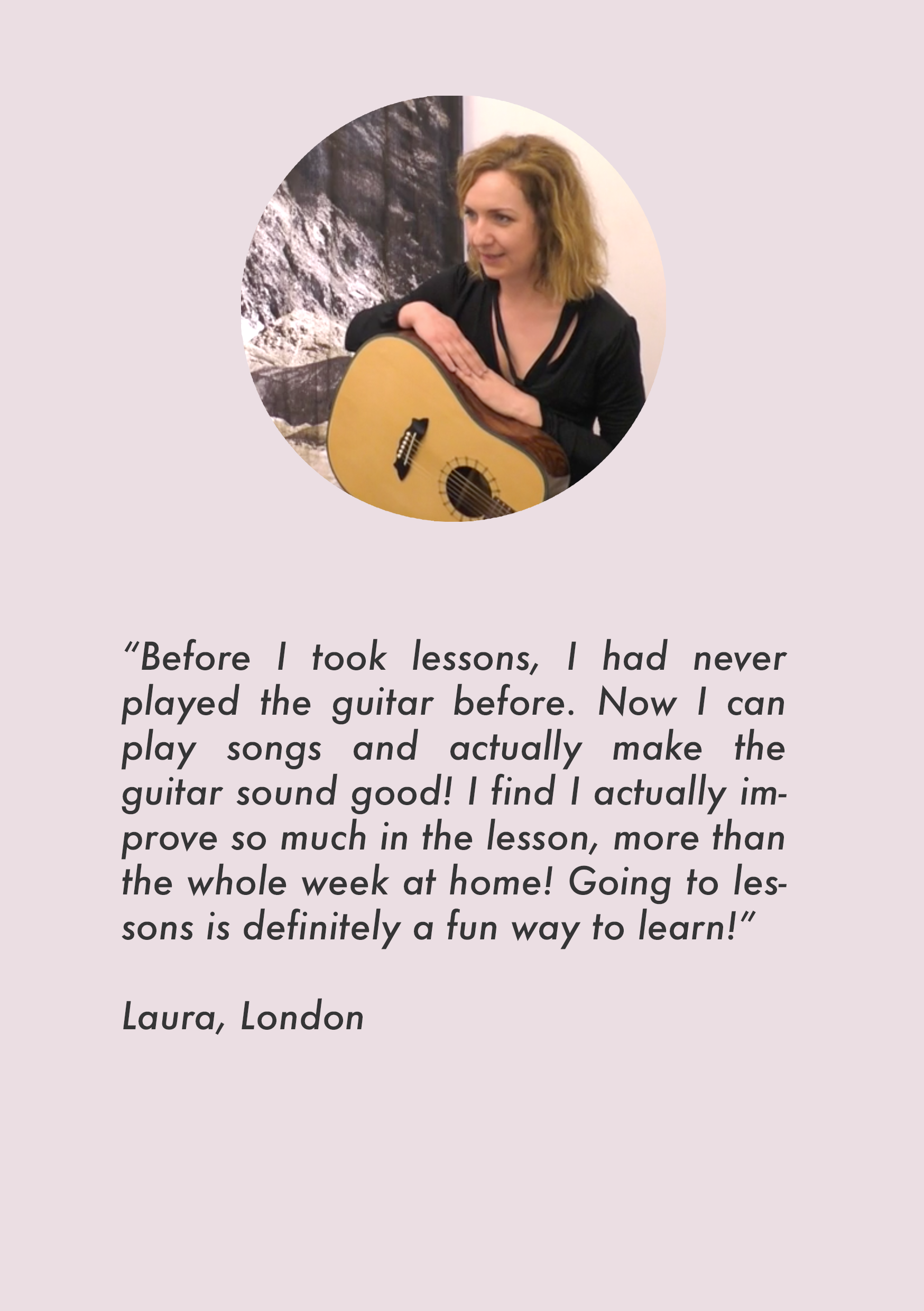Muting Unwanted String Noise
/Muting Unwanted String Noise
Have you ever heard someone playing a guitar and something just didn’t sound right?
Maybe it sounded muddy or amateur and you were unsure why? Many times this situation is unintended string noise. Because of the amplifier, this problem is exaggerated on electric guitar more so than an acoustic.
Difference between an average and pro guitar player
One of the most important things that will set a great player apart from an average player is having awareness of unwanted string noise.
First things first, you need to actually be able to hear if your playing is clean or not! Now put a laser focus on what you are hearing while you play. Single out the individual notes and sounds. Can you hear other strings buzzing while you are playing 1 or multiple notes?
We have a few different things we can do to resolve this issue. We will use both hands to accomplish muting of unwanted string noise. Let’s go over the different ways of muting with both hands.
Using your thumb can be a way to mute unwanted string noise
Picking Hand Muting
There are 3 ways of muting with your picking hand. The side of the palm is used to mute all of a portion of the strings. Palm muting is used for rhythm playing and some players use it during lead playing.
An ideal way of doing muting with the picking hand during lead play, is Thumb muting. Thumb muting takes care of the lower strings above the string being played. During thumb muting you must change the anchoring of your hand from the palm to the base of your thumb.
Many players use the picking hand “free fingers” to clean up their playing. Make a loose fist and let your middle, ring, and pinky fingers lightly touch the higher strings that are beneath the note being played.
Fretting Hand Muting
Fret hand muting is most often done with your index finger but also the other fingers, including the thumb.
Use the back of your index finger, or the other 3 fingers, to mute the strings below the string being played. The thumb is used to mute the low E string and sometimes the A string when playing open chords.
Proficient muting of “unwanted string noise” is accomplished with a good balance of muting with both hands. Using the picking hand thumb to mute the thicker strings and the fretting hand index finger to mute the thinner strings. This could allow you to hit all 6 strings and still only hear 1 note.
What about hair bands?
Another option that a few players have found to mute unwanted string noise is putting a hair band, rubber band, or even a sock wrapped loosely around the strings and guitar neck near the top of the fretboard around the 1st fret. I personally find this to be the “Lazy way” of muting excess string noise. Also, it is not very pleasing to look at and is an eye sore. I recommend you DON’T try this method and learn to do it the correct way with your hands and fingers! You will be glad you did later.
It takes a lot of practice to get this just right and may cause much frustration when working on it. You will need to let your ears be the judge!
To avoid this potentially becoming a larger problem in your playing, start putting focus on muting in an early stage of your development as a player!
About the Arthur: Josh Clayton is a professional guitar instructor based in the Slidell, Louisiana area. If you or any one you know are interested in guitar lessons in Slidell then be sure to contact Josh through his website.


















